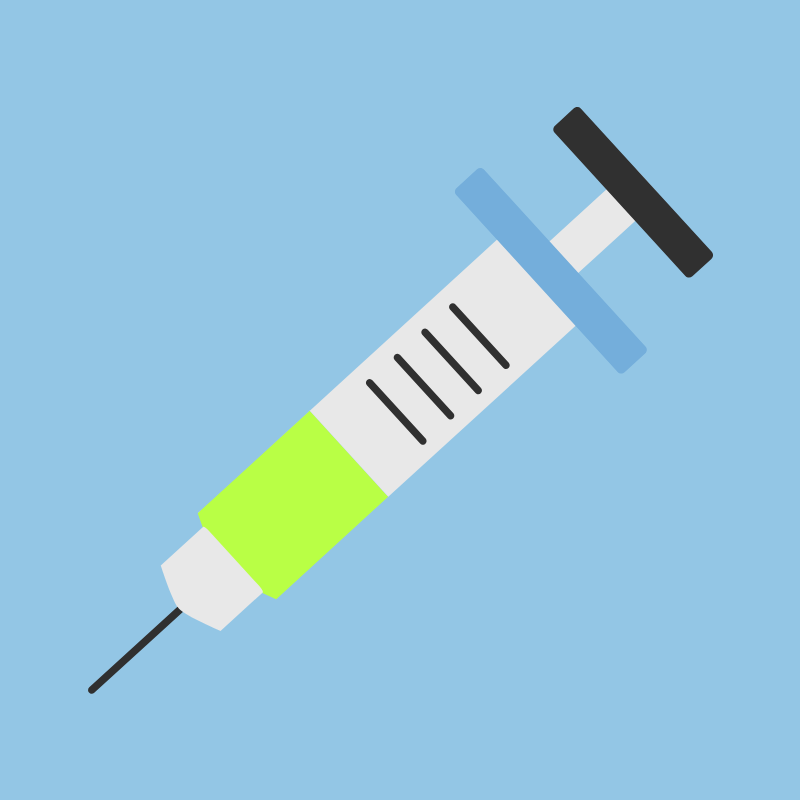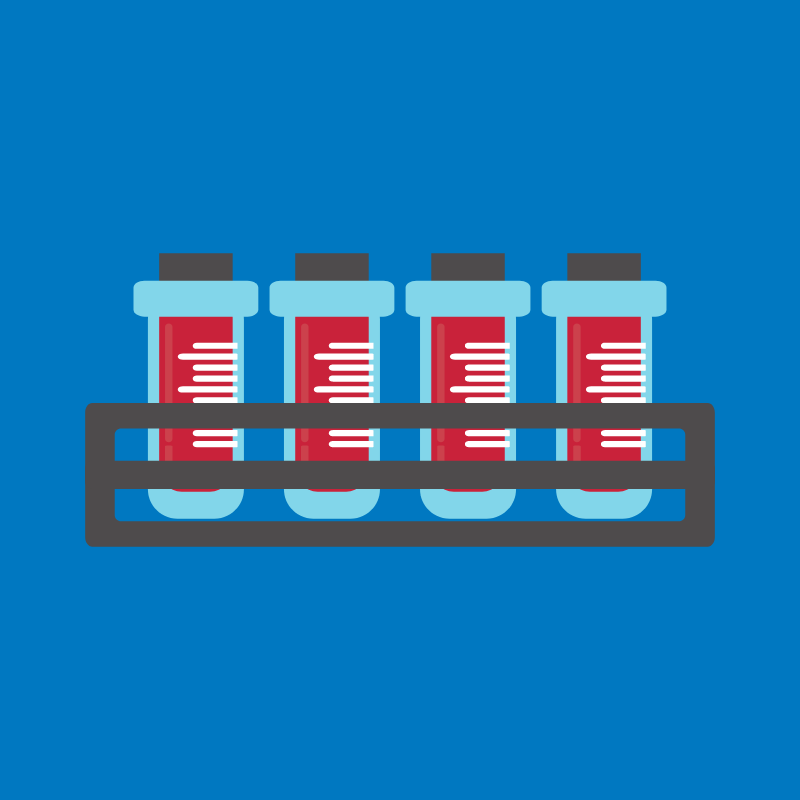4 tests de dépistage du cancer du sein que vous devriez connaître

In honor of Cancer du sein Awareness Month, we’re sharing some information from the front lines of breast cancer early detection. Check out the list below to learn about some of the current technologies and promising emerging ones in breast cancer screening you should know about.
1. 3-D mammograms are raising the bar on cancer detection rates—and reducing false positives.
 When you hear the words “breast cancer screening,” you probably think “mammogram.” For decades, mammograms have been the gold standard of breast cancer screening, but new technology is helping improve the quality of breast imaging.
When you hear the words “breast cancer screening,” you probably think “mammogram.” For decades, mammograms have been the gold standard of breast cancer screening, but new technology is helping improve the quality of breast imaging.
3-D mammograms (also called tomosynthesis) add another dimension to the traditional mammogram. Instead of just two views of the breast, 3-D mammograms allow radiologists to view from multiple angles. More images mean clearer detail, better detection and fewer errors.
Some studies have shown 3-D mammography may improve detection of invasive breast cancers by 40 percent and reduce visits for follow-up tests by 15 percent. This technology is especially helpful for women with dense breast tissue, whose breasts are harder to examine with traditional mammograms and who may be at higher risk of developing cancer.
Talk with your health care professional about whether a 3-D mammogram is right for you—and learn more from Centre de cancérologie MD Anderson.
2. Your genes can say a lot about your risk—but they don’t tell the whole story.
 By now you’ve probably heard about testing for the “BRCA genes” and how mutations in these genes may impact your cancer risk. BRCA1 and BRCA2 gene mutations are associated with breast cancer (as well as ovarian cancer in women, prostate cancer in men and several other types of cancer). The National Cancer Institute estimates that 72 percent of women with a BRCA1 gene mutation and 69 percent of women with a BRCA2 gene mutation will develop breast cancer in their lifetimes.
By now you’ve probably heard about testing for the “BRCA genes” and how mutations in these genes may impact your cancer risk. BRCA1 and BRCA2 gene mutations are associated with breast cancer (as well as ovarian cancer in women, prostate cancer in men and several other types of cancer). The National Cancer Institute estimates that 72 percent of women with a BRCA1 gene mutation and 69 percent of women with a BRCA2 gene mutation will develop breast cancer in their lifetimes.
While these gene mutations clearly play a critical role in breast cancer risk, it’s also important to know that only 5-10 percent of breast cancer cases are related to genetic history. Not having BRCA1 or BRCA2 gene mutations doesn’t mean you’re not at risk for breast cancer, and you still should talk with your health care professional about the right breast cancer screening for you.
Want to learn more about BRCA1 and BRCA2? Read this fact sheet from the National Cancer Institute. You can talk with your health care professional about whether this test makes sense for you.
For more information about breast cancer prevention and early detection, visit prévenirlecancer.org/sein.
3. Molecular breast imaging gives an inside look at cancer cell activity.
 Researchers are also exploring the possibility of using molecular breast imaging (sometimes called scintimammography or breast-specific gamma imaging) to detect breast cancer. It may be used together with a mammogram or ultrasound for women who have dense breast tissue or are at higher risk of developing breast cancer.
Researchers are also exploring the possibility of using molecular breast imaging (sometimes called scintimammography or breast-specific gamma imaging) to detect breast cancer. It may be used together with a mammogram or ultrasound for women who have dense breast tissue or are at higher risk of developing breast cancer.
This form of imaging works by injecting small amounts of radioactive material (called tracers) into the arm. Then, small cameras record the tracer for about 40 minutes to create images of each breast. Cancer cells absorb the tracer faster than regular cells, so areas that show the most tracer will appear highlighted in the image. This technology may help doctors get a better look at breast tissue to determine whether a biopsy is needed, which can help you avoid unneeded procedures.
Molecular breast imaging is a new technology and is not yet widely available. You can learn more from Mayo Clinic.
RELATED | Does hormone replacement therapy increase my risk of breast cancer
4. Circulating tumor cells (CTCs) have potential to change the future of early detection.
 There’s a new test on the block and it may have some groundbreaking implications for breast cancer screening and early diagnosis. The liquid biopsy is currently approved by the Food and Drug Administration (FDA) to monitor disease progression in metastatic breast cancer patients, but it may also have implications for early detection of tumors.
There’s a new test on the block and it may have some groundbreaking implications for breast cancer screening and early diagnosis. The liquid biopsy is currently approved by the Food and Drug Administration (FDA) to monitor disease progression in metastatic breast cancer patients, but it may also have implications for early detection of tumors.
Circulating tumor cells (CTCs) are shed by tumors and enter the blood. Using liquid biopsies, doctors can analyze these CTCs and may be able to learn lot about early stages of breast cancer. By looking at CTCs with liquid biopsies, they may be able to determine the stage of cancer, how cancer is responding to treatment and how likely it is to come back.
Stay up-to-date on the latest CTC research from the National Cancer Institute.